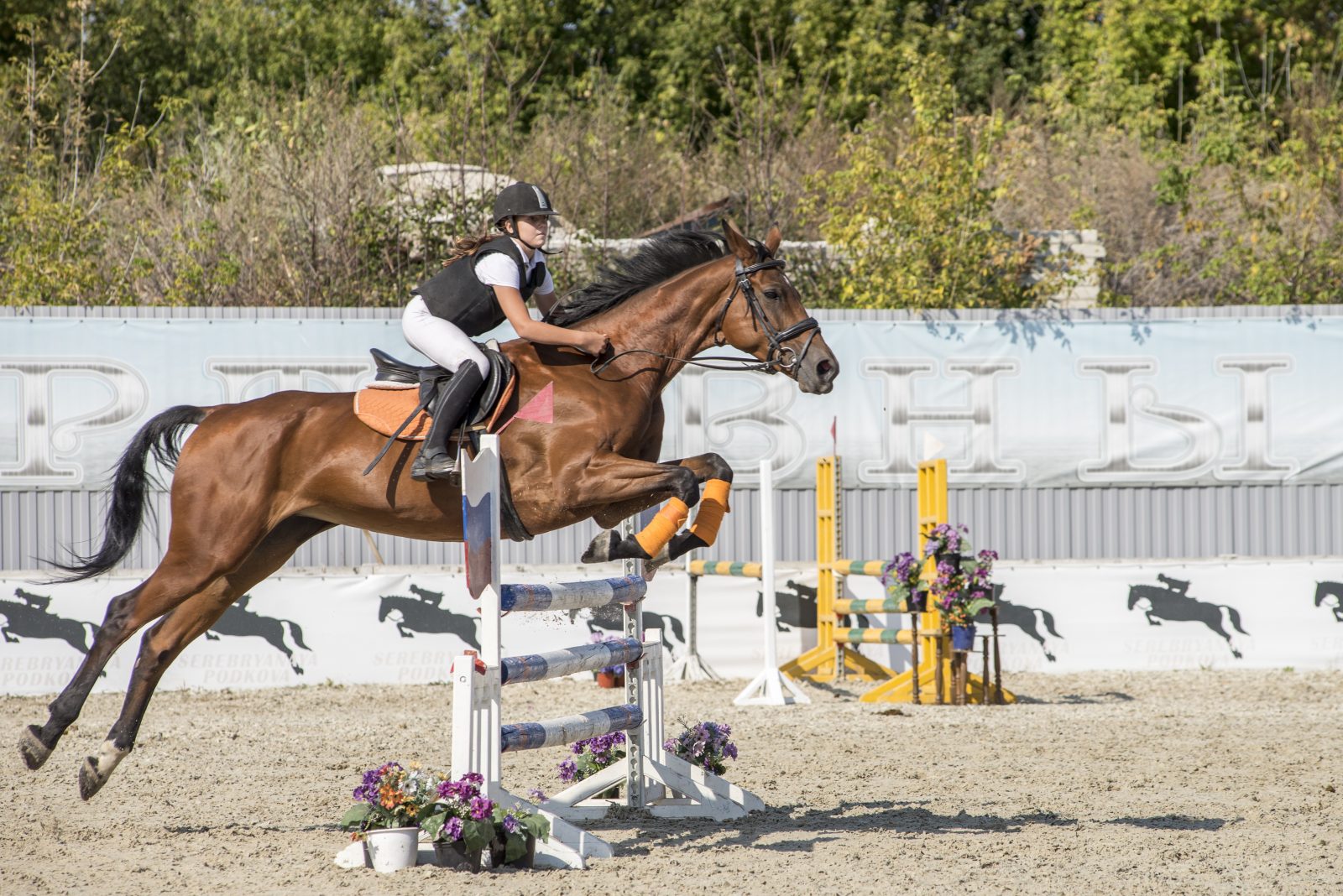Having the right horse jump equipment is crucial to a successful jumping competition. This equipment includes breeches, gloves, poles and more.
There are many types of horse jump equipment, which can be overwhelming at first. But understanding what you need is a great way to start. It will help you plan and prepare for your next competition.
Poles
Whether you build them or purchase a horse jump equipment package, poles are essential to your horse’s training. They allow your horse to see where the jump is without spooking or running out of the line and help keep your horse straight.
You can make them with basic supplies found at the hardware store. First, cut an 8-foot pressure-treated 4 “x4” wooden post into four equal pieces 12 inches long.
Next, draw a straight line with a ruler at three-inch intervals across each piece of wood. Repetition of this procedure on the opposite side of the post.
Once you have done this, line up wing standards on both sides of the post and place them close together. They need to overlap by a few inches to create a spread fence.
Leg Boots
One of the most important pieces of horse jump equipment is leg protection. A horse’s legs strain while working on uneven ground, on long days and in competitions.
Generally, pleasure horses don’t need leg protection, but some are prone to overreaching or brushing their legs. Young horses being started often hit themselves, and performance horses – hunters, jumping, barrel race, reiners, endurance and many others – benefit from the impact protection and soft tissue support that comes with horse boots and wraps.
Leg boots come in several varieties, each of which is best for a particular task. For instance, tendon boots protect the flexor tendons in the front legs. They are usually lined with shock-absorbing neoprene or sheepskin and fastened with Velcro straps. They are slightly lower than fetlock boots. Fetlock boots, on the other hand, cover the pastern joint and fetlock areas in the hind legs. They are also usually slightly higher than tendon boots, intended to encourage horses to “open up” their rear legs when jumping.
Gloves
Riding gloves are an essential piece of horse jump equipment for various reasons. They help protect your hands from blisters and calluses, improve your grip on the reins, and reduce chafing against sensitive skin.
They also offer protection from splinters and abrasions, especially when working around the barn. Choose a glove with a full rubber stubble palm for barn chores to provide the best grip for water buckets and wheelbarrows.
The right pair of gloves for your hand size and riding style is also available in various sizes. To measure your hand for gloves, take a fabric tape or ruler and measure around the fullest part of your palm – not just the thumb – using your dominant hand.
Jumping Blocks
Jumping blocks are essential to any rider’s arsenal, no matter how experienced they are. Jumping blocks are metal or plastic pieces that connect to vertical standards and hold rails in place.
These are the essential part of any hunter-jumper course. It must maintain the pole’s position while allowing it to break away with minimal force.
This easy-release feature is crucial to preventing injuries.
The horse’s legs and spine are highly stressed during take-off and landing, especially in elite show jumping competitions. This can lead to subclinical lamenesses, causing low-grade intermittent or continuous pain.
If your horse is prone to lameness, you should closely monitor him and his body. A regular examination can help you identify problems early before they become severe.







Leave a Reply